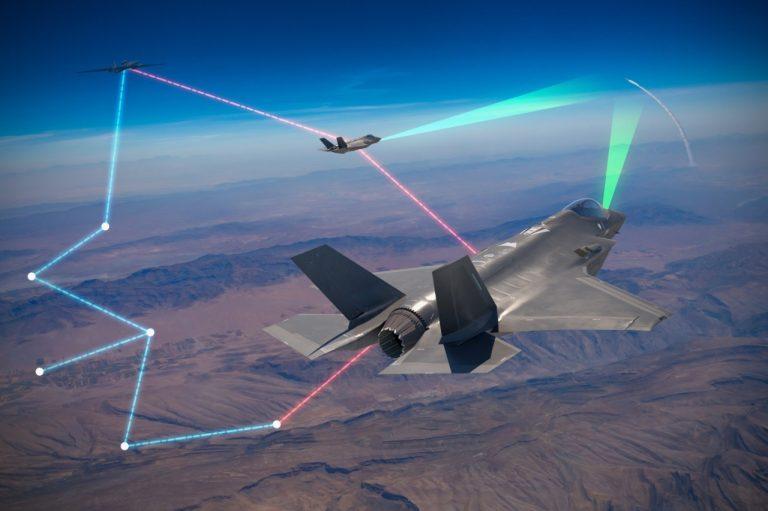
As the U.S. Air Force prepares for a mysterious and “historic” demonstration on Dec. 15 involving the Lockheed Martin U-2S, the company’s Skunk Works division revealed details of a “complementary” technology experiment held in secret a month ago with the same aircraft.
A U-2S in mid-November enabled the Air Force to push a containerized software update to an airborne network. The event demonstrated that the Air Force may no longer need to wait until a combat fleet has returned to base to receive vital software updates, such as adding a new jamming technique to the aircraft’s electronic warfare library.
“This additional capability makes it possible for the warfighter to quickly adapt to changing threat environments without costly or time-consuming system upgrades,” Skunk Works vice president and general manager Jeff Babione said.
Lockheed’s announcement comes on the day of a major demonstration scheduled for Dec.15, which was teased in November and early December by Will Roper, the assistant secretary of the Air Force for acquisition, technology and logistics.
“Are you ready for something big, @usairforce? 9 days and counting,” Roper tweeted Dec. 6.
Speaking to reporters on Nov. 24, Roper noted that the “big demonstration” coming up would involve the U-2S, thanks to his “very aggressive” team. “I think they’re going to pull off something of historic importance,” Roper said.
It wasn’t known at the time, but Roper’s remarks came within a week after Lockheed’s in-flight containerized software update experiment onboard a U-2S.
The aircraft carried an Enterprise Open System Architecture Mission Computer (EMC2), a Lockheed-designed processor that was built to run applications from third-party developers.
A new application championed by Roper and Nicolas Chaillan, the Air Force’s chief software officer, is Kubernetes. Often abbreviated by software developers as “K8s,” the application uses software to design a virtual container around new software code, allowing developers to insert a new application or update an old one without influencing other computerized operations.
Software updates are a sensitive item for a civil- or military-certified aircraft. Unlike users of consumer electronic devices, an aircraft pilot—especially one participating in a military operation—often does not have the luxury of rebooting the system if an in-flight software update produces unexpected bugs.
By demonstrating containerized software updates using the Kubernetes orchestration tool, the Air Force is seeking to demonstrate that an aircraft can safely land with different lines of software code than it took off with.
During the mid-November demonstration, the EMC2 onboard the U-2 created a Kubernetes cloud service, which connected during the flight to a ground node. The Air Force’s ground node uploaded new software code that enabled new communications gateway services, allowing the U-2S to bridge communications between other aircraft in the sky equipped with incompatible data links.
The Air Force has integrated gateway services software on aircraft before, but always on the ground through a costly and time-consuming upgrade, involving weeks or months of regression testing. The demonstration in mid-November showed that it’s possible for the U-2S to receive new software in flight. In effect, the Air Force is seeking to prove that it can generate a new airborne, mobile, ad hoc mesh network between aircraft with incompatible datalinks during a mission.
“The U-2 Kubernetes demonstration from mid-November not only advances the deployment pipeline for in-flight software upgrades but also operationally extends the computational resources for mission execution,” Babione said.





